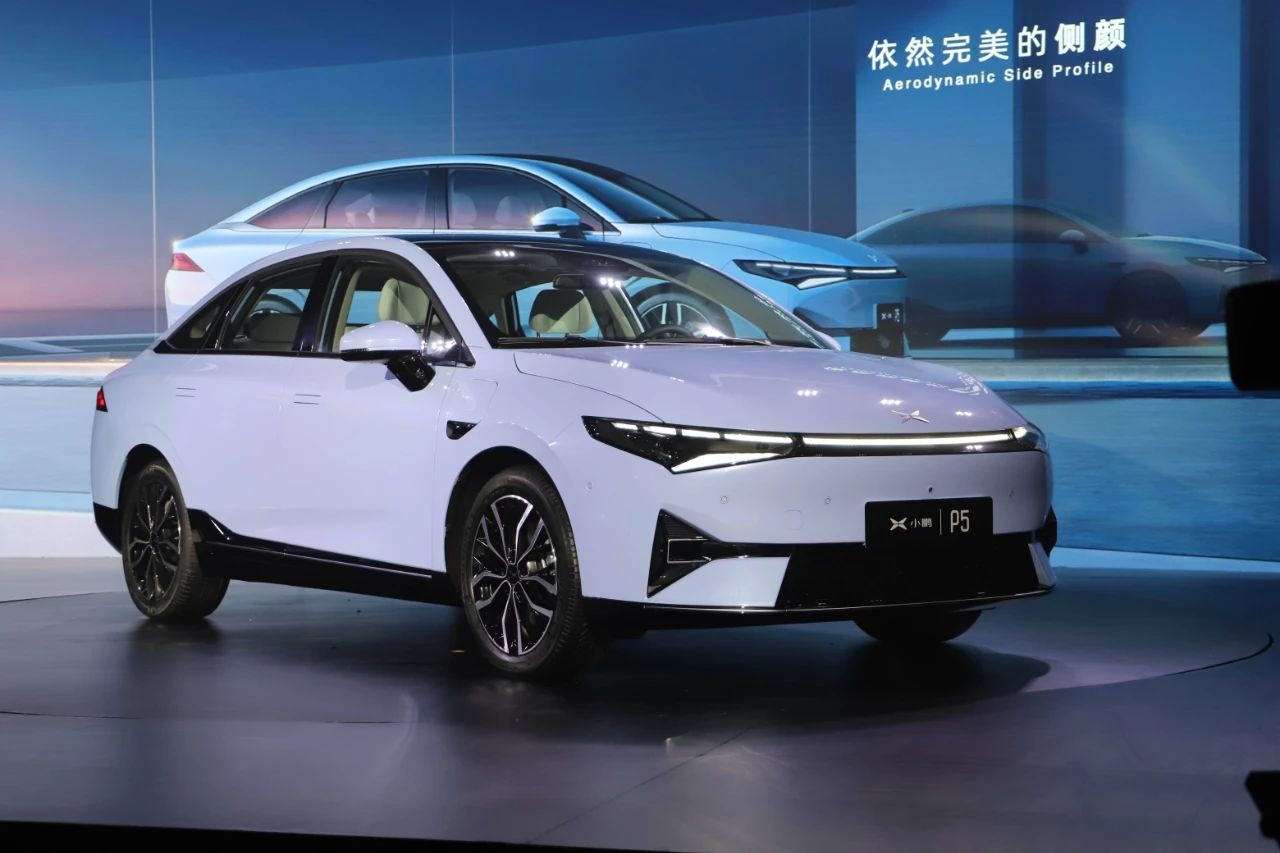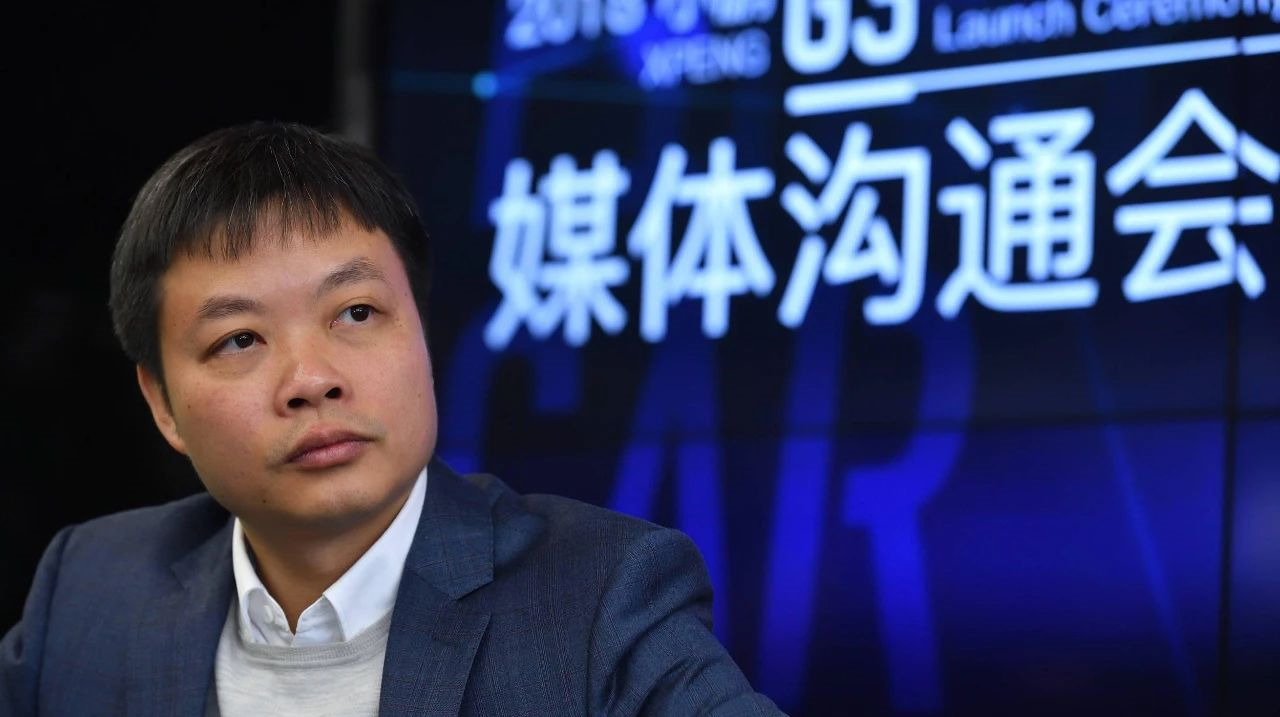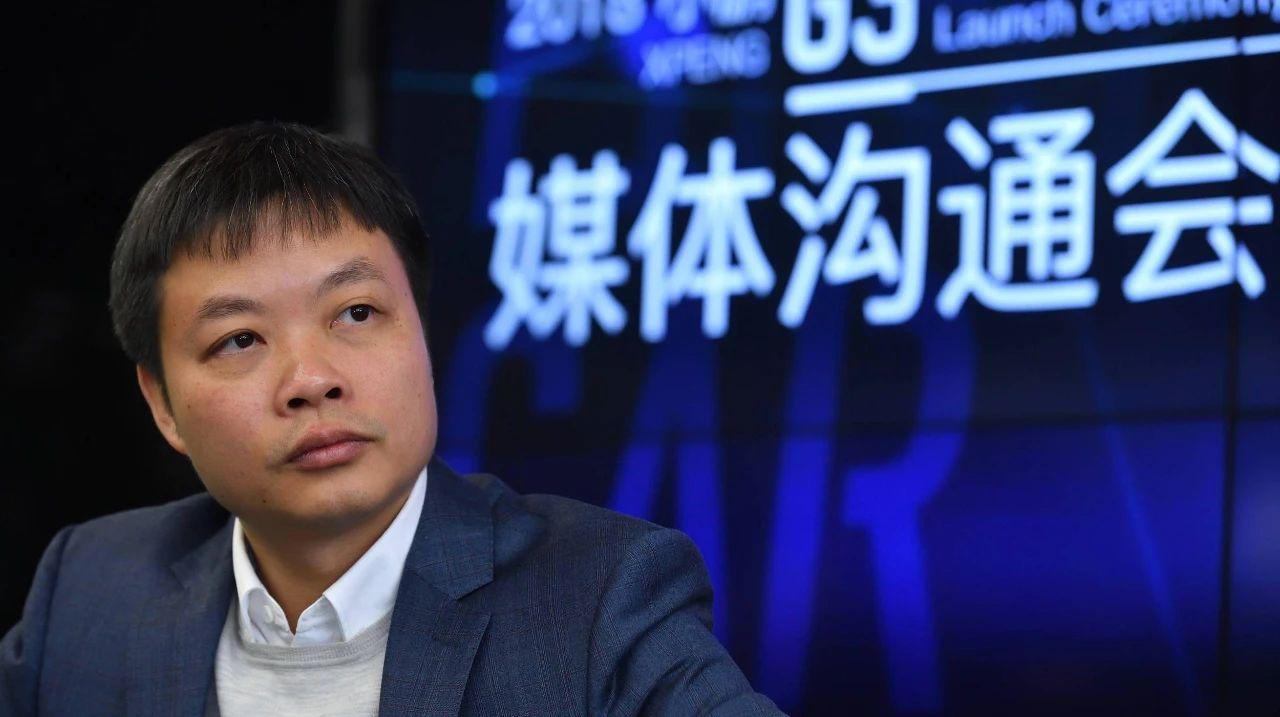Author: Wang Yi
In 2017, He XPeng left Alibaba and officially entered the field of new energy vehicles with Internet thinking and management mode, starting his second business venture in life.
From founding UC to joining Alibaba, He XPeng, a programmer by profession, is a newcomer in the field of new energy vehicles. Choosing to make cars is not only He XPeng’s passion for challenging himself, but also his confidence in his forward-looking vision.
G3 and P7 are XPeng’s first generation models, and they are also the models that best reflect XPeng’s own car-making philosophy. Just out of Alibaba, XPeng, who crossed the border, integrated the senses of technology, era, avant-garde, and freedom into these two models. When we see these two cars, what comes to mind is trendiness and boldness.
In April 2020, XPeng P7 was officially launched. P7 is positioned as a medium-sized pure electric sports car, and its cool appearance first attracted a wave of young Z-generation consumers.

The fastback body, frameless doors, panoramic glass roof, concealed door handles, small tail wing design, etc., all actively approach its sports car positioning, and the sense of technology and fashion are inescapable. The Pengyi version also has a butterfly wing door design, which can be said to bring consumers with supercar dreams one step closer to their dreams.
The P5 launched in 2021 also has eye-catching exterior designs, continuing XPeng’s cool and stylish approach to making cars. The car is equipped with two DJI Livox car-grade laser radars, which is claimed to be the first pure electric car on the market with a mass-produced high-line beam laser radar.

In addition, the P5 also has a series of novel designs. For example, the car is equipped with a fragrance system, a solar panel on the roof, 23-hour smart sleep, etc. As a family car, the P5 can flatten the front seats to form a whole sleeping space inside the car. The P5’s external power supply function can even convert the electricity in the car battery into AC power for people to use.And, P7 and P5 have been following the development path of He XPeng’s intelligent electric vehicle plan. P7 is equipped with the XPILOT 3.0 intelligent driving assistance system, and the vehicle’s features can be upgraded via OTA in the future. In addition to using LIDAR to improve driving safety, P5 is also equipped with 12 ultrasonic sensors, 13 high-perception cameras, 5 millimeter-wave radars, and a complete set of sub-meter high-precision positioning units, enabling L2-L3 level automatic driving.
The launch of these models has indeed brought a new, trendy color to consumers. However, the popularity of a single model does not necessarily equate to success. For new car makers, relying solely on Internet thinking without a sense of scale or platformization can be dangerous, and He XPeng has recognized this. In an interview with the media, He XPeng once said, “Making cars is a philosophy of regret.” Making cars requires not only creating a sufficiently cool and marketable vehicle but also a long-term planning of the environment, changes, and ideas at the time.
In addition to these series, XPeng has even launched a flying car, aiming to integrate the three technologies of aircraft, cars, and intelligence into one and achieve product deployment in the air. Such a show of confidence has attracted the attention of many consumers, but also elicited many questions and even ridicule from inside and outside the industry.
Longing for novelty, creativity, and romance, pervasive scene-based marketing follows the trend of fashion and seeks boldness and excitement. It can be said that He XPeng’s Internet electronic thinking has permeated the product planning throughout his early foray into new energy vehicles.
“It’s like wanting to fly to the moon before you even know how to walk.” This is not considered a particularly malicious mockery and can be seen as a statement of the facts at the time. This evaluation also reflects the clash between He XPeng’s Internet electronic car-making thinking and traditional car manufacturing philosophy.
Under the framework of Internet thinking, a large amount of funds are invested in marketing and promotion, and investments in core technology and product quality may be affected to a certain extent. A blogger once wrote, “Buying a car with faith is likely to be a sacrifice to faith,” which shows that consumers’ attitudes towards buying cars are completely different from those towards buying any other electronic product. Safety is the primary concern for cars, not just their cool appearance or unique skills.
And even the most trendy and popular “explosive” products cannot be judged solely by their surface glamour. Behind the accumulation of novelty, creativity, and appearance design are the more difficult-to-say costs of vehicle manufacturing. The lack of systematic and scale manufacturing is one of the most critical issues that He XPeng needs to pay attention to as it determines the fate of the entire brand.After all, new energy vehicle manufacturing belongs to the manufacturing industry, and the most important thing for the manufacturing industry is cost control and supply chain management. Without these, scale can never be formed. Without scale, no matter how novel the features, how cool the exterior design, or how trendy and individual personalized preferences cater to consumer groups, it will all be in vain.
In a recent XPeng Motors 2022 earnings call, He XPeng also reflected and proposed a series of reform measures, including cost control considerations.
XPeng Motors, like He XPeng himself, is going to undergo tremendous transformation.
Platform-based production is the first key step in long-term cost control which He XPeng plans to implement. Through platform-based electric vehicle platforms, electronic and electrical architecture, power systems, intelligent driver assistance hardware and software, XPeng will start systematized vehicle manufacturing. This will change the fragmented perception of consumers and XPeng brand fans about XPeng’s series of vehicle styles and positioning, as well as help XPeng take one step further in brand culture output and long-term strategic deployment.
In addition, He XPeng proposed that the company’s future R&D investment should further focus. He hopes to achieve a 50% reduction in BOM cost for autonomous driving through technological innovation and configuration optimization, and a 25% reduction in vehicle hardware cost.
From the pursuit of “cool,” “trendy,” and “stylish” cars to attract customers with extremely good looks, to now taking measures to control costs and build platforms, we can see that He XPeng’s car manufacturing philosophy is constantly maturing.
From UC to Alibaba, to XPeng Motors, He XPeng has never been defined by one or two successes. Setting goals, pressure and challenges for oneself have always been his creed and the reason why he can achieve self-subversion and step-by-step maturity in every field.
Now, He XPeng has been deeply engaged in the field of new energy vehicle manufacturing for seven years. Seven years of exploration and experience have made the footsteps of a cross-border car maker more steady and confident. We also have reason to believe that under the leadership of He XPeng, future XPeng Motors will bring consumers more products that are rigorous yet novel and daring.
 # 这是一个标题
# 这是一个标题
这是一段普通文本,直接回车不能换行,
要使用\
标签。
这是第二段普通文本。
\
| Foo\<\/td> \ |
这是一段代码 `console.log(‘Hello World’)`。
这是另一段代码
“`javascript
function foo() {
return ‘bar’;
}
“`
这是一个链接 百度,和一个图片  。
。
This article is a translation by ChatGPT of a Chinese report from 42HOW. If you have any questions about it, please email bd@42how.com.
